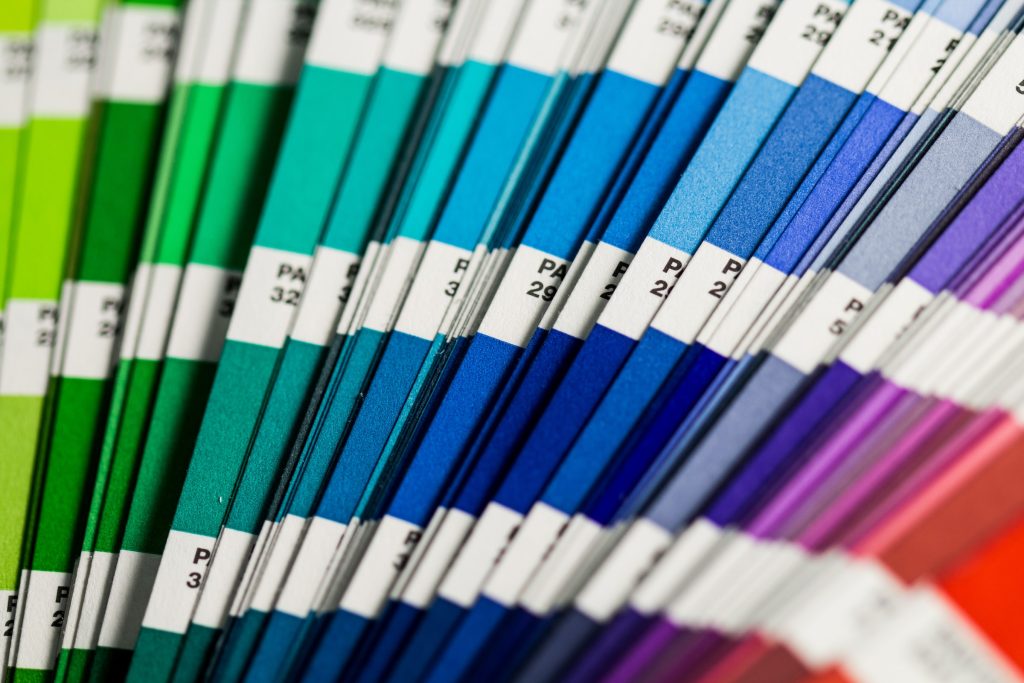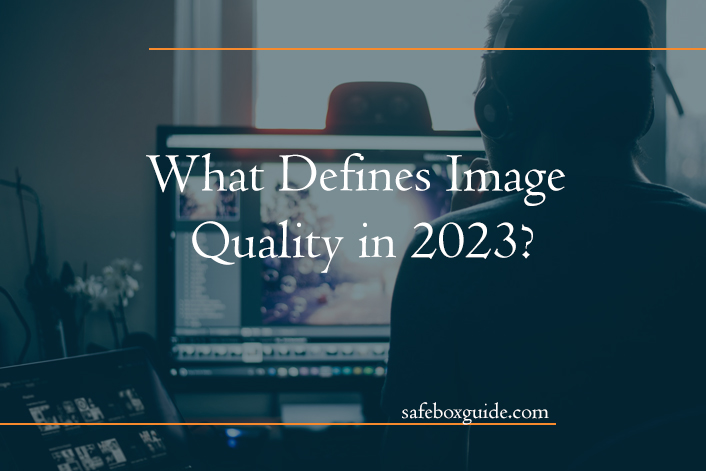In 2023, image quality is defined by several factors, including resolution, color accuracy, dynamic range, and compression efficiency.
Contents
Resolution
High-resolution images are becoming increasingly common and are often expected in eCommerce or print businesses. 4K and 8K resolutions are becoming more popular, especially in the era of high-DPI displays. Its getting more and more important to use images with higher resolutions also because customers are very demanding and better images = higher reliability.
Color accuracy

Accurate color reproduction is essential for many types of images, including professional photographs, graphics, and logos. In 2023, color accuracy is typically measured using various industry-standard metrics. These are getting more and more complicated and take into account factors such as chromatic adaptation, lightness, and colorfulness. High-end displays often support a wide color gamut, meaning they can display more colors than standard sRGB displays. It’s important to take all the screens into account when compressing the images.
Dynamic range
The dynamic range of an image refers to the range of brightness values between the darkest and lightest parts of the image. Images with a high dynamic range can display more detail in both the highlights and shadows, which can make them look more realistic and immersive. High dynamic range (HDR) displays are becoming more common, which can display a wider range of brightness levels than standard displays.
Compression efficiency
Image compression is essential for optimizing file size without sacrificing image quality. In 2023, modern image compression algorithms, such as AVIF and WebP, are becoming more widespread and can achieve higher compression ratios than older formats like JPEG or PNG, while maintaining similar or better image quality.
Overall, image quality is defined by a combination of these factors, and the expectations for image quality are continually evolving as technology advances. There are more factors you need to take into account when optimizing images and we named them below.
What are factors that contribute to poor image quality?

When people optimize images they usually do that for SEO purposes (faster loading).
Because it is kinda unnatural, then they face several common problems, such as:
Image quality degradation
Compression techniques used in image optimization can reduce the file size of an image, but they can also reduce the image quality. Images that are compressed too much can appear pixelated, blurry, or distorted, which can affect the user experience.
Choosing the wrong format
There are several image formats available for optimization, such as JPEG, PNG, and GIF, and each has its own strengths and weaknesses. Choosing the wrong format can result in larger file sizes, reduced image quality, or other issues.
Incorrect balancing file size and image quality
Optimizing images involves finding a balance between reducing file size and maintaining image quality. Sometimes, reducing file size too much can cause images to lose too much detail or appear too compressed.
Automation

While there are many tools available to help optimize images automatically, they may not always provide the best results. Some automated optimization tools may over-compress images or choose the wrong format, resulting in images that don’t look their best.
Responsive design
Optimizing images for mobile devices requires extra attention to ensure that the images are properly sized for different screen sizes and resolutions. Failing to optimize images for mobile can result in slower page load times and a poor user experience.
Overall, image optimization can be a complex process that requires careful consideration of image quality, file size, format, and responsiveness. It’s important to find the right balance to ensure that images look their best while still loading quickly and efficiently.
Summary
Image optimization can present several challenges. These include loss of image quality, choosing the wrong format, balancing file size and image quality, relying too heavily on automation, and failing to optimize images for mobile devices. Overall, image optimization is a complex process that requires careful consideration of various factors to ensure that images look their best while still loading quickly and efficiently.

